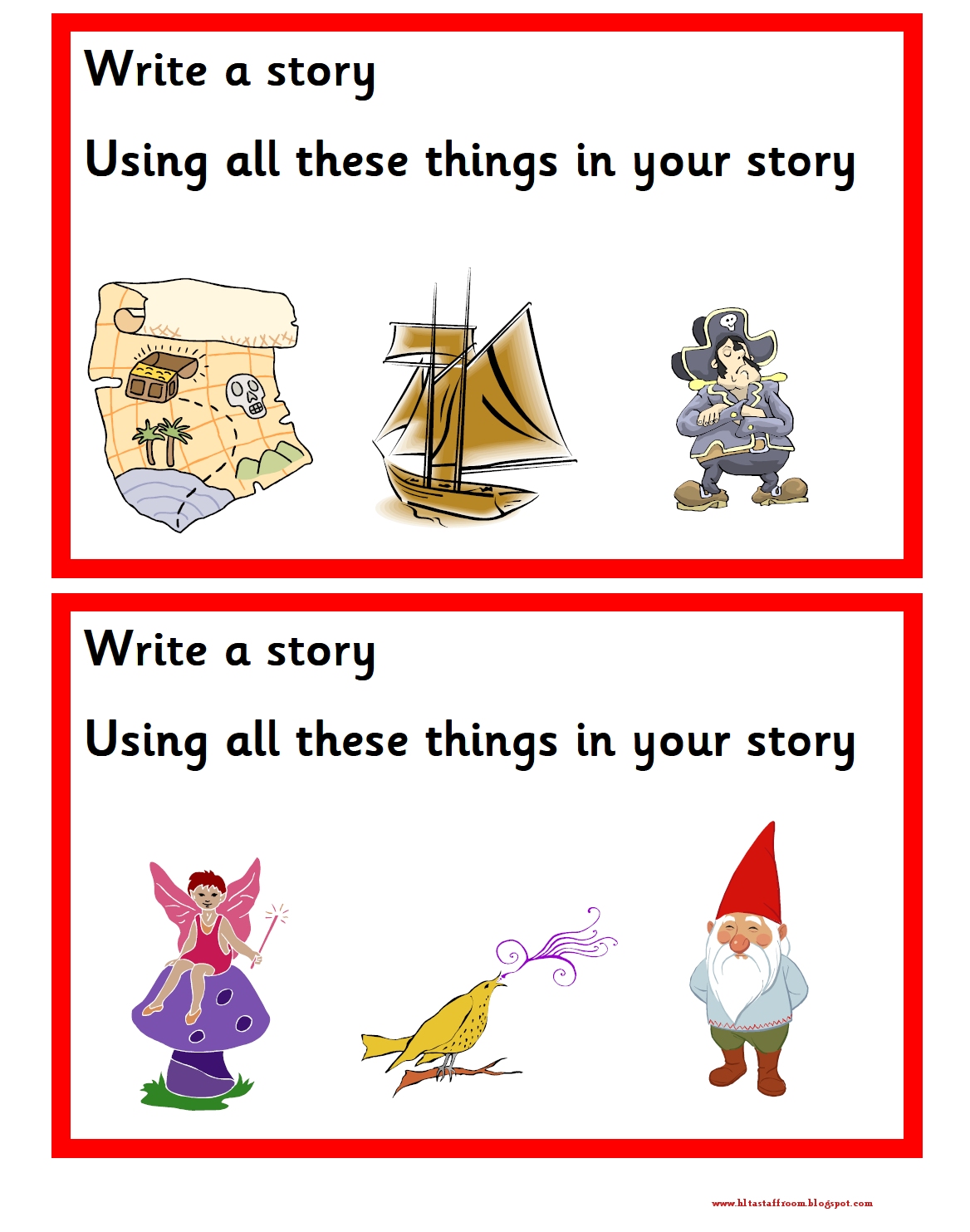

- SOUNDS FOR STORYWRITING HOW TO
- SOUNDS FOR STORYWRITING FULL
She should have heard something by now. Weather and darkness can to be used to great effect to create a scary atmosphere and tension: He quickened his pace, but the ground was uneven and he stumbled, crashing to the ground. Rob couldn’t tell where the steps were coming from. The batteries in her torch were running low and the beam kept flickering and fading as she moved it from side to side. Think about putting in details such as background noises, flickering lights and shadows, and tricky terrain, such as muddy or uneven ground during a chase. A tingling sixth sense warned Kitty not to move.īy gradually adding to the atmosphere you are creating, you increase tension making the setting scary and the action scenes exciting. SOUNDS FOR STORYWRITING FULL
It was an unsettling, menacing darkness, full of dancing shadows and the occasional creak and rustle from the house.

She lay motionless in the darkness and listened to the night. For example, adding more descriptive detail could give you: Giving a setting an atmosphere is more than stating that ‘it was dark’. Add detail and description to paint a picture in the reader’s mind. She could feel it scorching through her veins.ĭarkness will mean that the character(s) has to rely on his other senses and makes it easier to include sounds, touch and smells, which adds to the tension.
 The drink was bitter and stung her throat as she swallowed it. Within seconds, a very sweet and heady scent filled the room. She took out a handful of green powder from her purse and tossed it on the fire. Trish cupped her fingers around her nose and mouth, but the stench of graveyards and decay wafting up from the darkness seeped through her fingers and made her retch. He ducked as something dark rushed through the air and brushed his head with its icy fingers. Her foot kicked something round, hollow, something which rolled away into the shadows. Nothing moved, not a leaf quivered, but over the silence brooded a ghostly calm and the whisper of his smoking breath as it rose in gasps and lingered in the frosty air. The sound of the wind among the trees suddenly stopped. Another creak, another shuffle, just down the corridor. This will enable the reader to feel the tension, the anticipation, the warning of approaching danger etc. The following simple steps are some that I have found to have an immediate impact on children’s writing in this regard: 1 | Use your sensesĪs well as sight, think about what your character can hear, smell, touch and taste. One of the areas of creative writing that pupils consistently fail to incorporate into their work is the technique of building tension, atmosphere and suspense. The use of punctuation in descriptive writing to add suspense. Creative writing examples on varying pace and tension. Descriptive writing tips on continually building atmosphere.
The drink was bitter and stung her throat as she swallowed it. Within seconds, a very sweet and heady scent filled the room. She took out a handful of green powder from her purse and tossed it on the fire. Trish cupped her fingers around her nose and mouth, but the stench of graveyards and decay wafting up from the darkness seeped through her fingers and made her retch. He ducked as something dark rushed through the air and brushed his head with its icy fingers. Her foot kicked something round, hollow, something which rolled away into the shadows. Nothing moved, not a leaf quivered, but over the silence brooded a ghostly calm and the whisper of his smoking breath as it rose in gasps and lingered in the frosty air. The sound of the wind among the trees suddenly stopped. Another creak, another shuffle, just down the corridor. This will enable the reader to feel the tension, the anticipation, the warning of approaching danger etc. The following simple steps are some that I have found to have an immediate impact on children’s writing in this regard: 1 | Use your sensesĪs well as sight, think about what your character can hear, smell, touch and taste. One of the areas of creative writing that pupils consistently fail to incorporate into their work is the technique of building tension, atmosphere and suspense. The use of punctuation in descriptive writing to add suspense. Creative writing examples on varying pace and tension. Descriptive writing tips on continually building atmosphere. SOUNDS FOR STORYWRITING HOW TO
How to write a description incorporating the senses.







 0 kommentar(er)
0 kommentar(er)
